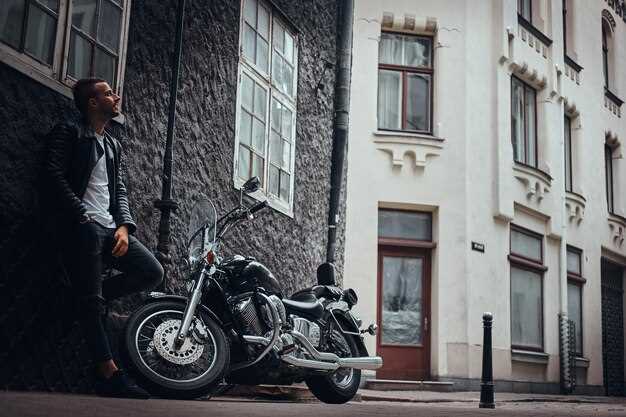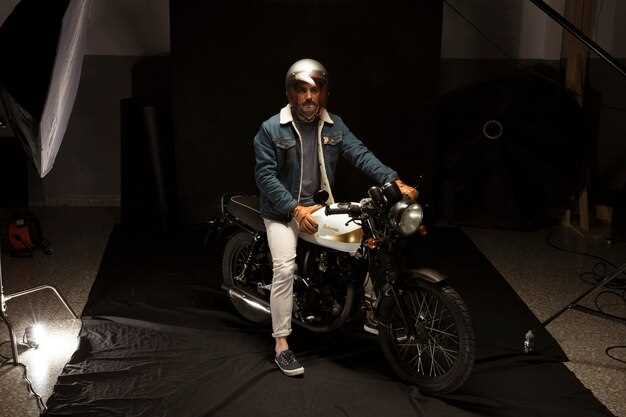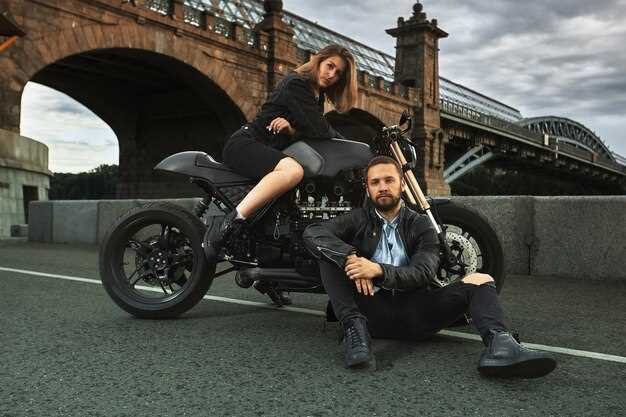

Motorcycle photography is an art form that captures the essence of adventure, freedom, and speed. To create truly stunning photos, understanding the fundamentals of photography and the unique characteristics of motorcycles is essential. Whether you are a seasoned photographer or just starting out, these tips will help you take your motorcycle photography to the next level.
One of the key aspects of capturing breathtaking motorcycle photos is to master the use of natural light. Shooting during the golden hour, which occurs shortly after sunrise or before sunset, can provide a warm, flattering glow to your images. This soft light enhances the contours of the motorcycle and adds depth to the background, resulting in photos that are both compelling and dynamic.
Another vital element in motorcycle photography is composition. Using techniques such as the rule of thirds can significantly enhance the visual appeal of your photos. Placing the motorcycle off-center can create a more engaging shot, drawing the viewer’s eye across the image. Additionally, exploring different angles and perspectives, such as shooting from low to the ground or incorporating an interesting foreground, can elevate your photography and make your photos stand out.
Finally, don’t forget to capture the details. Motorcycles are masterpieces of engineering, and showcasing elements like the gleam of the chrome, intricate designs, or the rider’s gear adds a personal touch to your photos. These details can tell a story and evoke the emotions associated with riding, creating a connection between the viewer and the image.
Choosing the Right Lighting Conditions for Motorcycle Photography

Lighting plays a crucial role in motorcycle photography, significantly influencing the quality and mood of your shots. The right lighting can enhance the details of the motorcycle, create dynamic shadows, and evoke emotions. Aim for the golden hours–just after sunrise and before sunset–when the sunlight is soft and warm, casting a flattering glow on your subject.
Overcast days can also provide excellent lighting conditions, as the clouds diffuse sunlight evenly, minimizing harsh shadows. This is ideal for capturing intricate details of the motorcycle’s design without glare. However, be cautious of too much shadow; in such conditions, using reflectors can help illuminate dark areas and add depth to your photos.
When shooting under direct sunlight, consider experimenting with angles and compositions. Position the motorcycle to take advantage of the light hitting it at an angle. Backlighting can create dramatic silhouettes, while side lighting helps reveal textures and forms. Always be mindful of the sun’s position to avoid unflattering highlights or burnt-out areas.
Additionally, understand the significance of artificial lighting when natural options are limited. Using flash or continuous lights can illuminate your motorcycle effectively, especially in low-light conditions. Softboxes and diffusers can soften the harshness of artificial light, resulting in a more visually appealing image.
Ultimately, mastering lighting conditions will elevate your motorcycle photography, allowing for striking shots that capture not just the vehicle itself, but the spirit of the ride.
Framing and Composition Techniques for Captivating Motorcycle Shots

When capturing the essence of motorcycle culture through photography, effective framing and composition are essential for creating stunning photos. Understanding how to position both the motorcycle and the surrounding elements can significantly elevate your images.
Rule of Thirds is a fundamental principle in photography that can create a more dynamic composition. Imagine dividing your frame into a grid of nine equal sections by two horizontal lines and two vertical lines. Place the motorcycle along these lines or at their intersections to draw viewers’ attention and create balance within the photo.
Leading Lines play a crucial role in directing the viewer’s eye toward the motorcycle. Use natural elements like roads, fences, or pathways as lines that lead into the frame. This technique not only highlights the motorcycle but also adds depth and perspective to your photos.
Framing within the photo can enhance the subject matter. Look for natural frames, such as trees, arches, or doorways, that can encase the motorcycle. This method adds context and can create a more immersive experience for the viewer.
Negative Space can also be utilized to emphasize the motorcycle. By leaving a significant area of empty space around your subject, you can create a sense of isolation and focus. This technique often evokes emotional responses and helps the motorcycle stand out against the background.
The choice of angle is crucial as well. Experiment with various perspectives–shoot from a low angle to make the motorcycle appear more imposing or from above to capture the entire scene. Different angles can dramatically impact the overall feel of your photo and convey different emotions associated with the motorcycle.
Lastly, don’t forget to pay attention to your background. A cluttered or distracting background can take away from the motorcycle. Look for clean and simple backdrops that complement your subject. Sometimes a blurred background can also work wonders to ensure the motorcycle remains the focal point of your shot.
Post-Processing Tips to Enhance Your Motorcycle Images
Post-processing is a crucial stage in motorcycle photography that allows you to refine your photos and elevate their visual appeal. One of the first steps is to adjust the exposure. If your images are too dark or too bright, using tools like the exposure slider in programs such as Adobe Lightroom can help you achieve the perfect balance, bringing out the details in both highlights and shadows.
Next, consider cropping and straightening your images. A well-framed shot enhances the composition and can make the motorcycle the focal point. Use the rule of thirds to guide your cropping decisions, ensuring that key elements are aligned with the intersecting points of the grid.
Color correction is another essential aspect. Adjusting the white balance can dramatically change the mood of your photos. If the colors appear too warm or cool, manipulating the temperature and tint sliders can create a more natural look or add artistic flair as desired.
Sharpening is vital for highlighting the details of the motorcycle. Be careful not to over-sharpen; instead, find a balance that gives clarity without introducing unwanted noise. Similarly, noise reduction can help cleanse images captured in low-light conditions, resulting in smoother surfaces and a cleaner overall look.
Adding contrast can also enhance the depth of your images. Increasing contrast will make colors pop and emphasize textures, making the motorcycle stand out against the background. However, ensure that the details are not lost in the shadows or highlights.
Lastly, consider using filters or presets to create a consistent style across your motorcycle photos. Whether you prefer a vintage look or a modern aesthetic, applying a cohesive filter can unify your portfolio and enhance the viewer’s experience.
Utilizing these post-processing techniques will significantly improve your motorcycle photography, resulting in stunning images that capture the spirit and beauty of these machines.
